In a bold strategic maneuver, payments behemoth Visa, with its staggering $670 billion market capitalization, is making an audacious bet on the future of programmable money. As of October 2025, this isn’t merely an incremental upgrade to existing payment rails; it represents a foundational shift designed to revolutionize how credit operates globally, leveraging cutting-edge blockchain and smart contract technologies. This commitment signals a profound belief that digital currencies with embedded logic will unlock unprecedented efficiencies and create new financial paradigms.
Decoding Programmable Money in Visa’s Context
For Visa, programmable money extends beyond simple digital payments. It encompasses the use of digital currencies – including stablecoins, tokenized assets, and potentially central bank digital currencies (CBDCs) – enhanced with smart contract capabilities. This means money that isn’t just transferred, but comes with predefined rules and conditions embedded within its code.
- Automated Payments: Funds can be released or held automatically based on specific triggers, like delivery confirmation or contract fulfillment.
- Conditional Spending: Credit lines or grants could be programmed for specific uses, ensuring funds are spent as intended.
- Instant Settlements: Eliminating intermediaries and delays in cross-border transactions, significantly reducing costs and time.
- Enhanced Risk Management: Smart contracts can automate credit assessments and even loan disbursements, leading to more dynamic and responsive lending models.
Visa’s interest stems from the potential for increased efficiency, security, and the ability to innovate new financial products and services, ultimately aiming to capture a larger share of the evolving digital economy.
Visa’s Multi-Pronged Strategic Play
Visa’s commitment to programmable money is not a singular investment but a comprehensive, multi-faceted strategy. While the $670 billion figure reflects Visa’s market valuation and the immense market opportunity it aims to seize, its actions speak to a deep-seated long-term vision.
- Strategic Partnerships: Collaborating with leading blockchain infrastructure providers, fintech innovators, and digital asset custodians to integrate existing and nascent technologies.
- Internal Infrastructure Development: Investing heavily in R&D to build proprietary blockchain capabilities, interoperability layers, and API-driven solutions that bridge traditional finance with the digital asset space.
- Pilot Programs and Trials: Actively engaging in real-world tests across various use cases, from cross-border B2B payments to supply chain finance and consumer loyalty programs, leveraging programmable stablecoins.
- Acquisitions and Talent: Acquiring companies with specialized blockchain expertise and recruiting top talent in cryptography and distributed ledger technology.
This holistic approach underscores Visa’s determination to not merely observe but to actively shape the future of digital payments and credit.
The Promise: Reshaping Global Credit
The implications for global credit systems are profound. Programmable money has the potential to democratize access, increase transparency, and streamline operations:
- Instant & Dynamic Lending: Smart contracts can automate credit scoring, approval, and disbursement, enabling near-instant loans and dynamic credit lines that adjust to real-time financial health.
- Micro-credit for the Underserved: New models could emerge to provide micro-loans to populations historically excluded from traditional credit systems, fostering greater financial inclusion.
- Reduced Fraud and Disputes: The immutable and transparent nature of blockchain transactions can significantly reduce fraud, enhance auditability, and simplify dispute resolution processes.
- Streamlined Institutional Settlements: For interbank and corporate lending, programmable money could lead to lower operational costs and faster clearing times, freeing up capital.
Visa envisions a world where credit is more responsive, accessible, and integrated into the digital economy.
Navigating Challenges and Competitive Currents
Despite its ambitious vision, Visa’s journey into programmable money is not without hurdles. The path forward involves navigating a complex landscape of regulatory, technical, and market challenges.
- Regulatory Fragmentation: The lack of uniform global regulation for digital assets and stablecoins remains a significant obstacle, requiring careful navigation across diverse jurisdictions.
- Interoperability: Ensuring seamless communication and transaction flow between various blockchain networks, traditional payment systems, and different digital currencies is a monumental technical challenge.
- Market Adoption & Education: Overcoming inertia in traditional finance and educating consumers and businesses about the benefits and mechanics of programmable money will require sustained effort.
- Intense Competition: Visa faces competition not only from other traditional payment giants but also from native crypto protocols, emerging fintechs, and government-backed CBDC initiatives.
- Security Risks: Smart contract vulnerabilities and evolving cyber threats necessitate robust security frameworks to protect high-value transactions.
Addressing these challenges effectively will be crucial for Visa to fully realize its vision.
Conclusion
Visa’s strategic pivot and significant investment in programmable money underscore a clear recognition of its transformative potential for global finance. As of October 2025, the groundwork is being laid for a future where payments and credit are more intelligent, efficient, and inclusive. While the journey involves navigating complex regulatory environments and fierce competition, Visa’s proactive stance positions it as a key architect in reshaping the global credit landscape. The coming years will reveal the full extent of this ambitious bet and its lasting impact on how money moves and value is exchanged worldwide.
The post Visa’s $670 Billion Programmable Money Bet: A Blueprint for Global Credit’s Future appeared first on FXcrypto News.










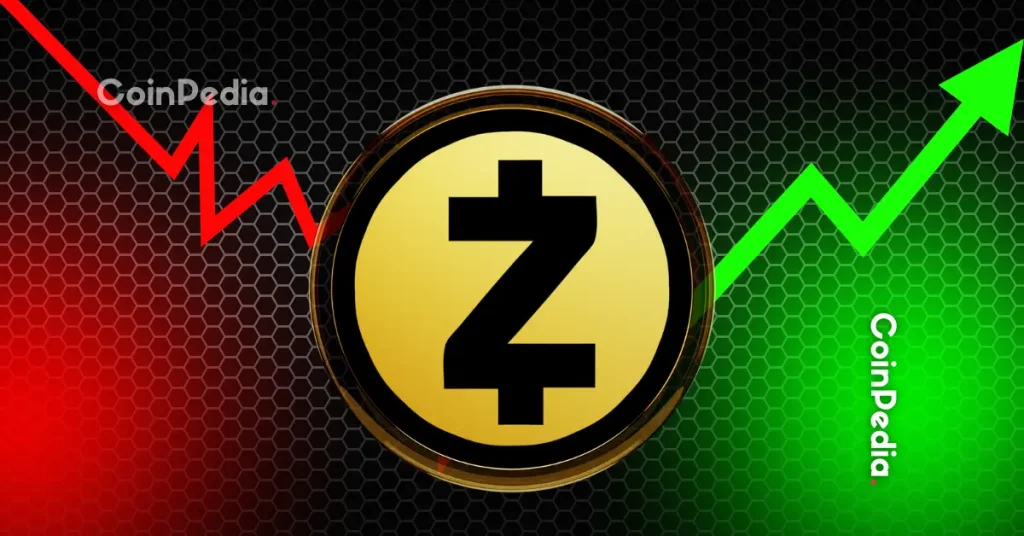


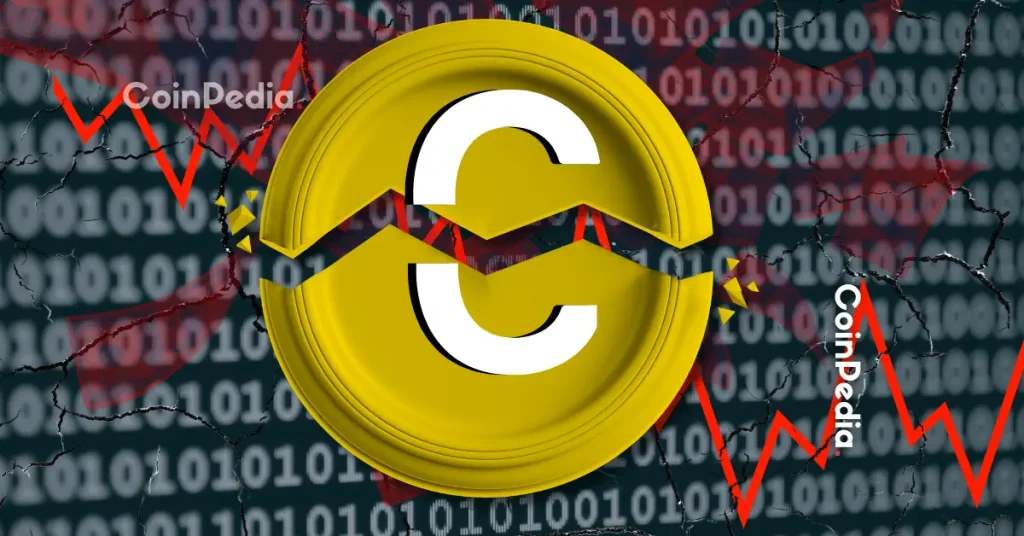
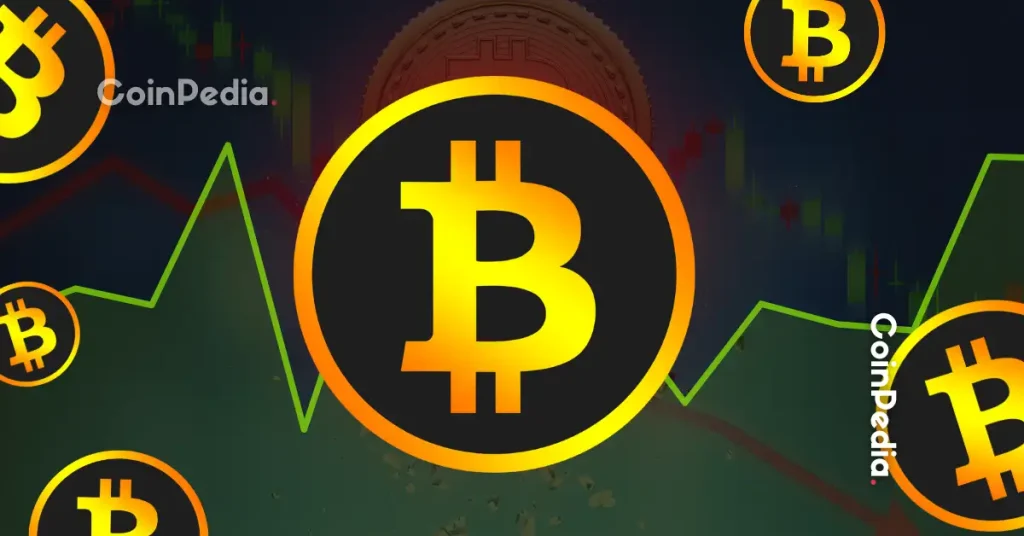
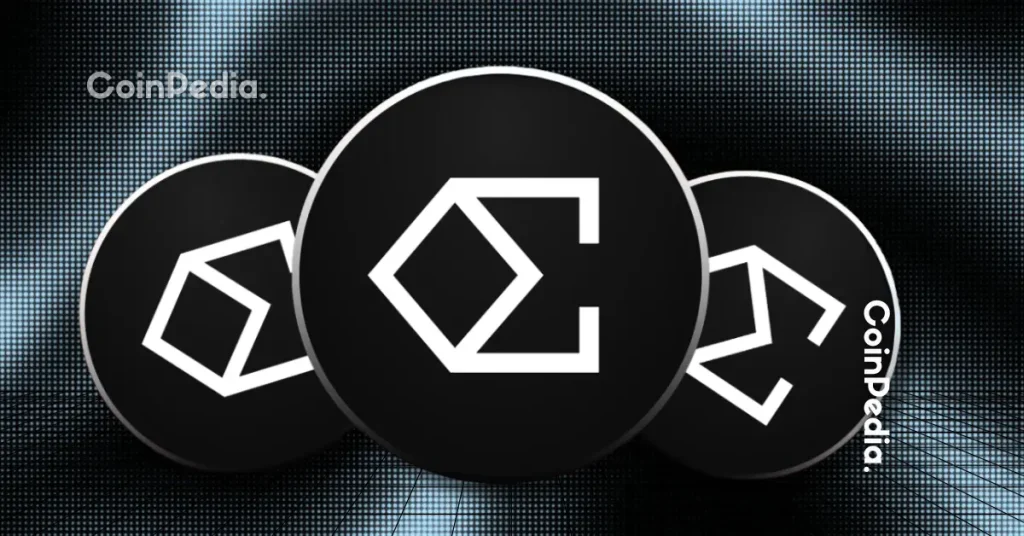
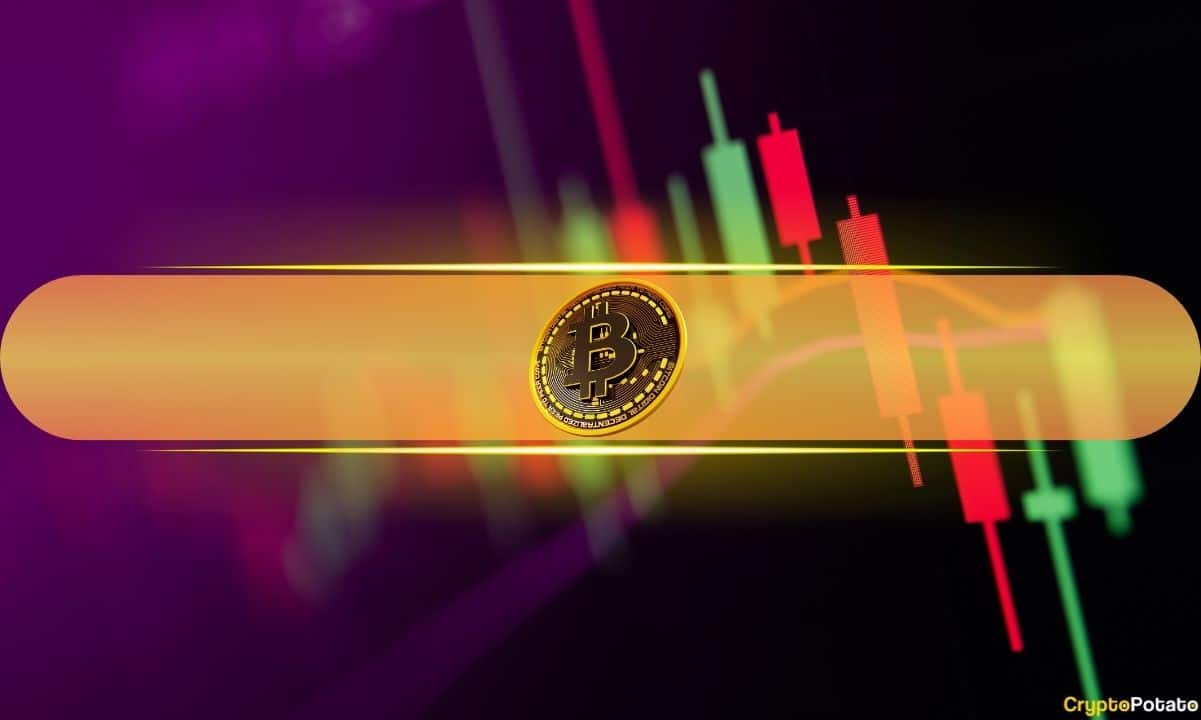

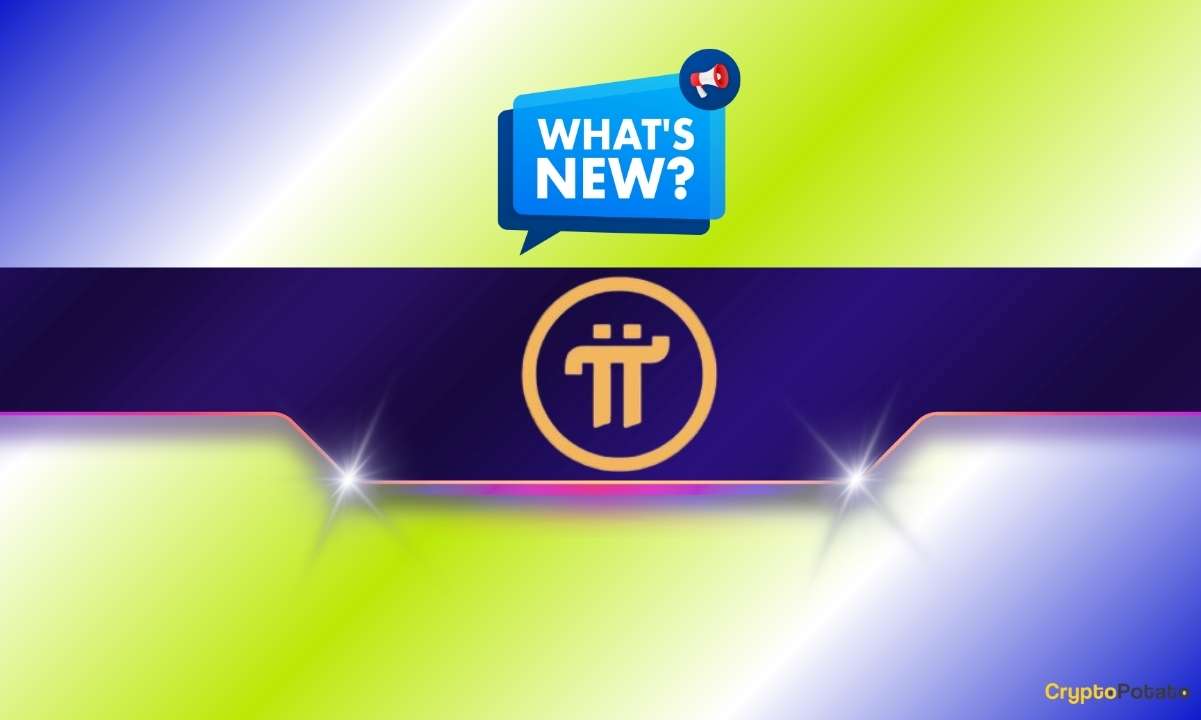
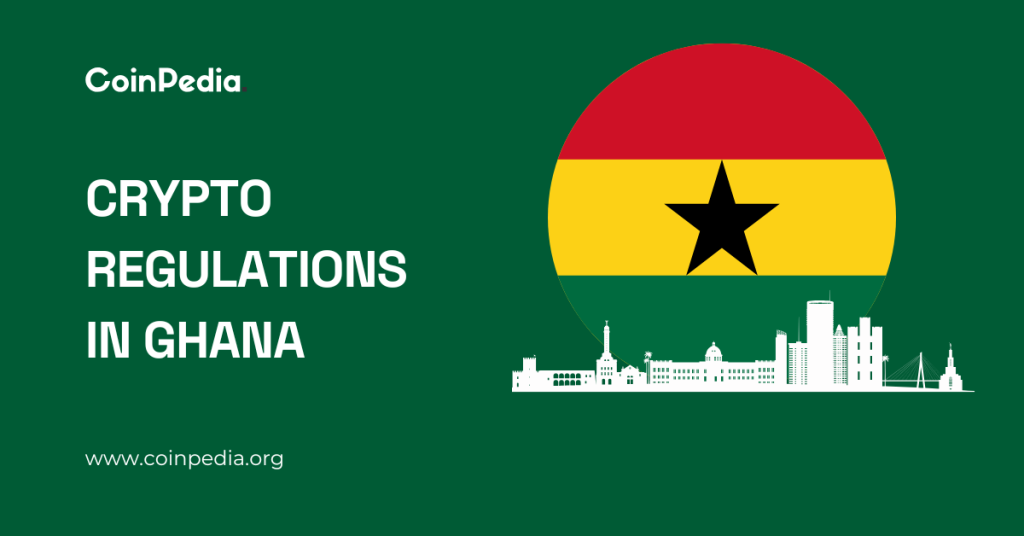
 24h Most Popular
24h Most Popular

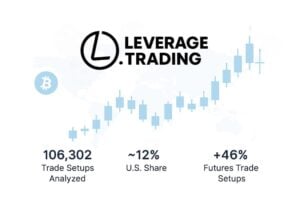

 Utilities
Utilities